
Locomotives are the power of railroading and the industries’ most potent and popular symbols. The major types that have been used in North America are steam (now confined to museums, tourist lines, and the occasional excursion), diesel-electric (the standard of the industry), and straight electric (always a tiny minority). Steam locomotives burn coal, oil, or […]
Read More…

Railroad photography It can be intimidating sometimes, waiting to photograph a train with your camera and the 18-55 mm kit lens, standing next to a fellow fan sporting a monstrous telephoto zoom that in some cases costs more than the car that got you here. That person is going to get a shot you couldn’t […]
Read More…
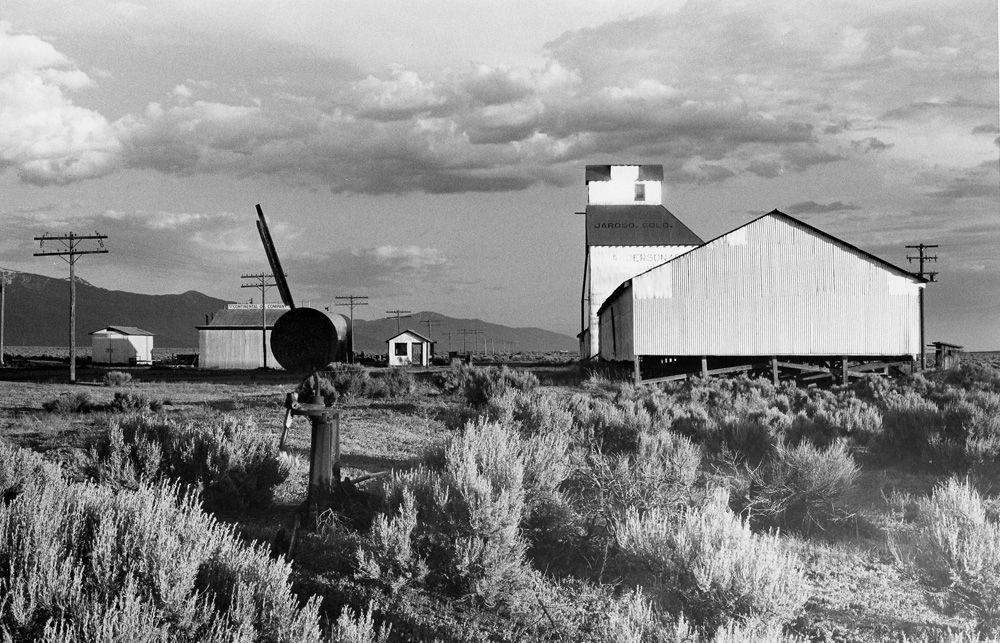
Abandoned routes It can be disheartening to study a railroad atlas and come across abandoned routes. Nobody wants to realize a line is gone, especially if we had previously witnessed it as an active transportation entity. Well, let’s take a pen and cross off that line. No! It’s rare that the remnants of an abandoned […]
Read More…
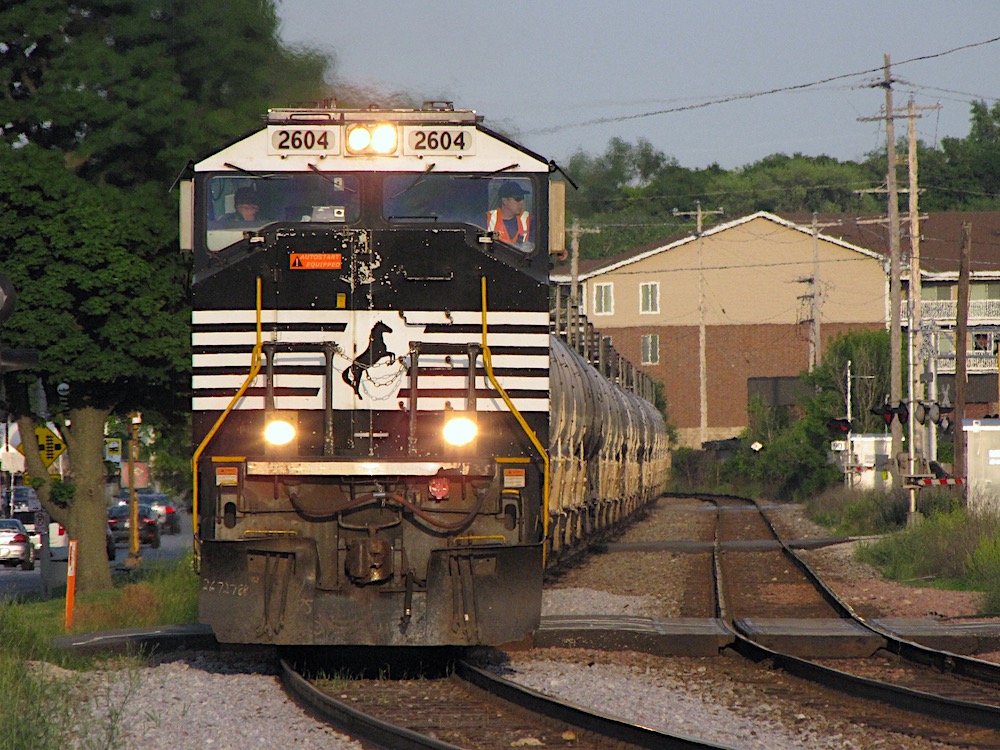
Railroaders, and railfans, are always talking about engines: How many engines were on that train? Don’t those new engines look good (or bad)? Did you get the number of that engine? So, what’s the difference between a locomotive and an engine? We use both terms to describe the most compelling element of railroading: the machines […]
Read More…
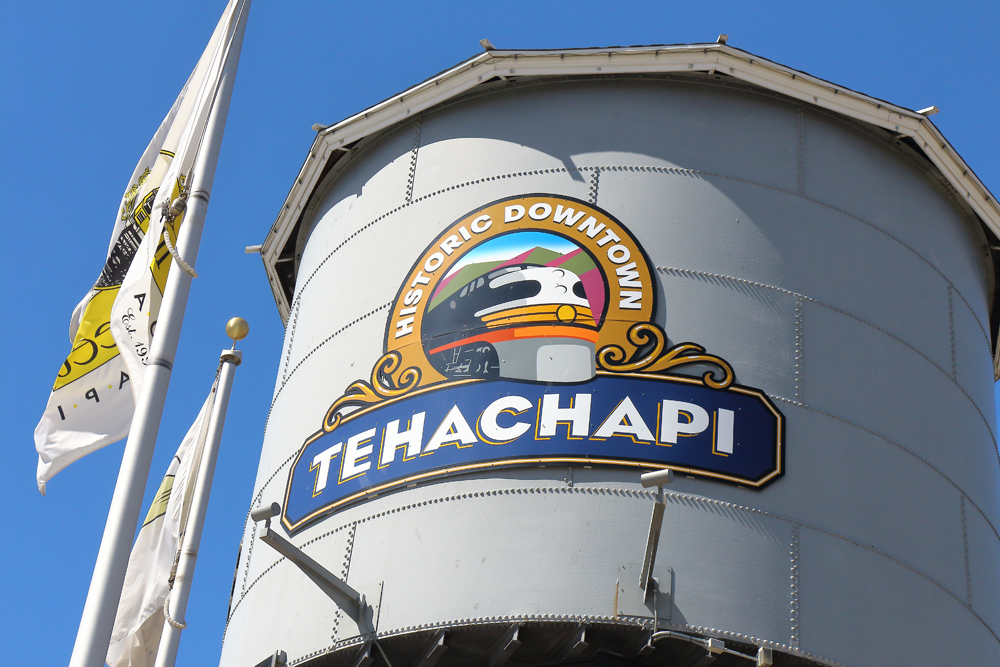
Tehachapi: An oasis in the mountains Planning a trip to the Tehachapi Mountains in California? Thinking about watching and photographing trains at the Loop, Cable, Caliente, Bealville, maybe as far down as Edison on the Bakersfield side? They are all great places. But don’t forget Tehachapi, the town. Geographically, the little city of about 15,000 […]
Read More…
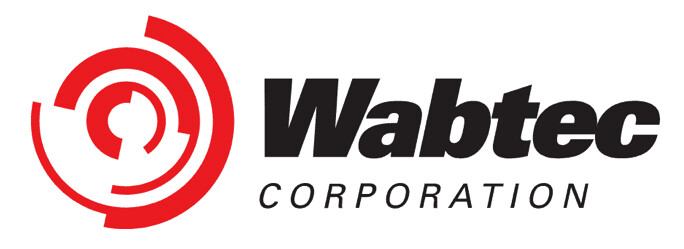
Wabtec In the rail world today, Wabtec is viewed as the company that bought General Electric’s locomotive production. This is the simple version of the story. When we trace Wabtec to its roots, we find that, as many of us know, the company is also known for an invention that revolutionized railroad safety — the […]
Read More…
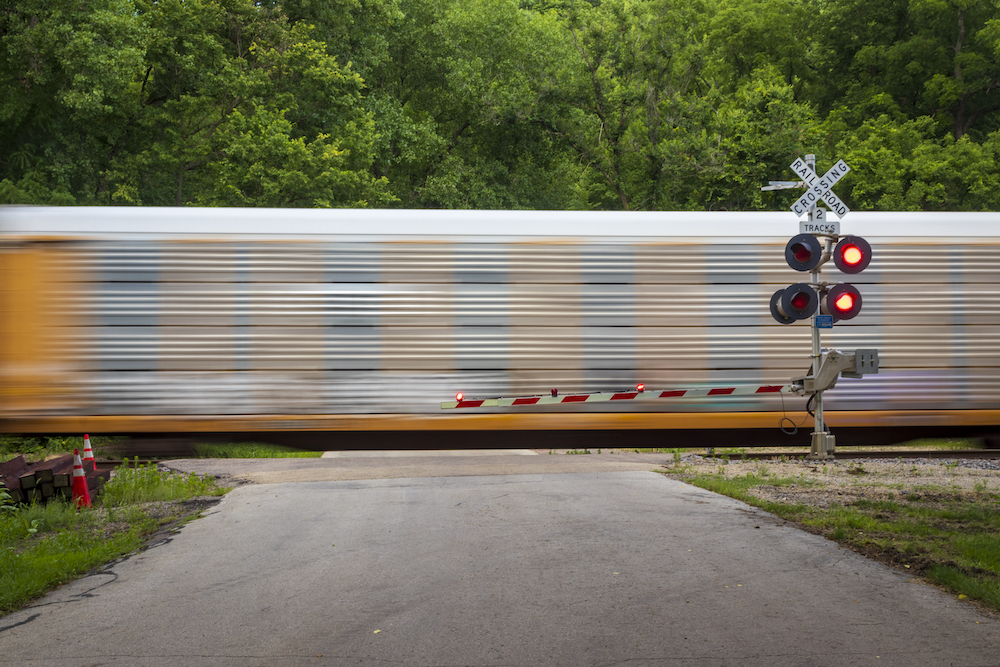
Grade crossing installations take many forms but nearly always include the railroad symbol most familiar to the public — the highway/railroad grade crossing warning sign. Crossbuck is the correct term for the X-shaped sign located just before a road reaches railroad tracks. These signs read RAILROAD CROSSING in the U.S. and are lettered with similar words, […]
Read More…
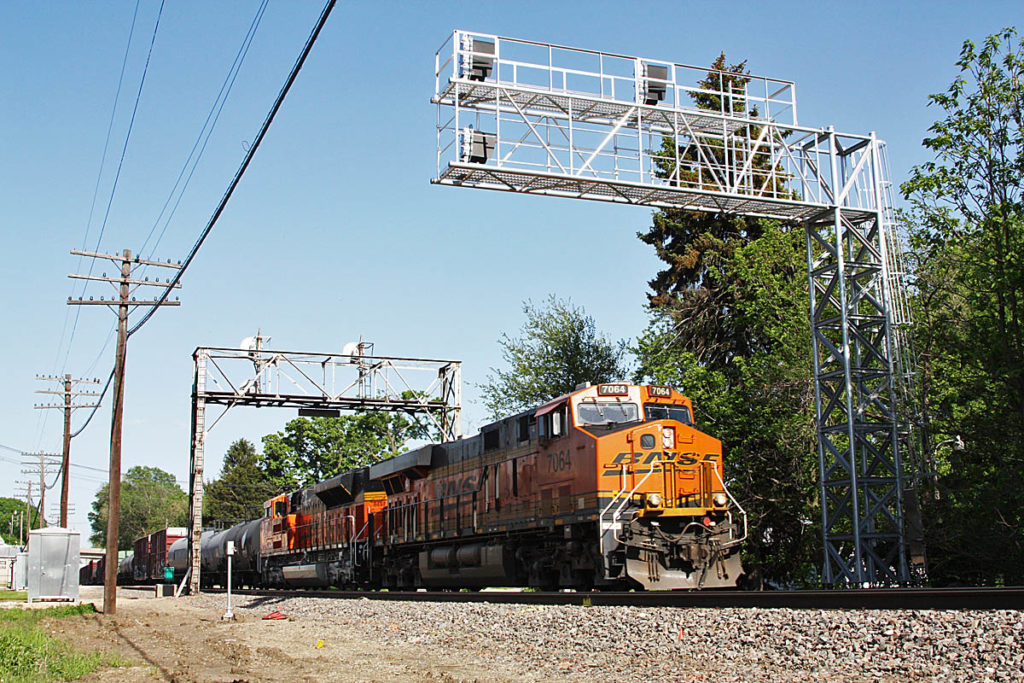
Basic railroad signal terminology Here is a glossary of railroad signal terminology. Signals are used for protection and control of train traffic. However, there is no national standard or system, so signals used by individual railroads may vary. Glossary of railroad signal terminology Absolute signal: A signal whose “stop” indication means “stop and stay.” Usually […]
Read More…
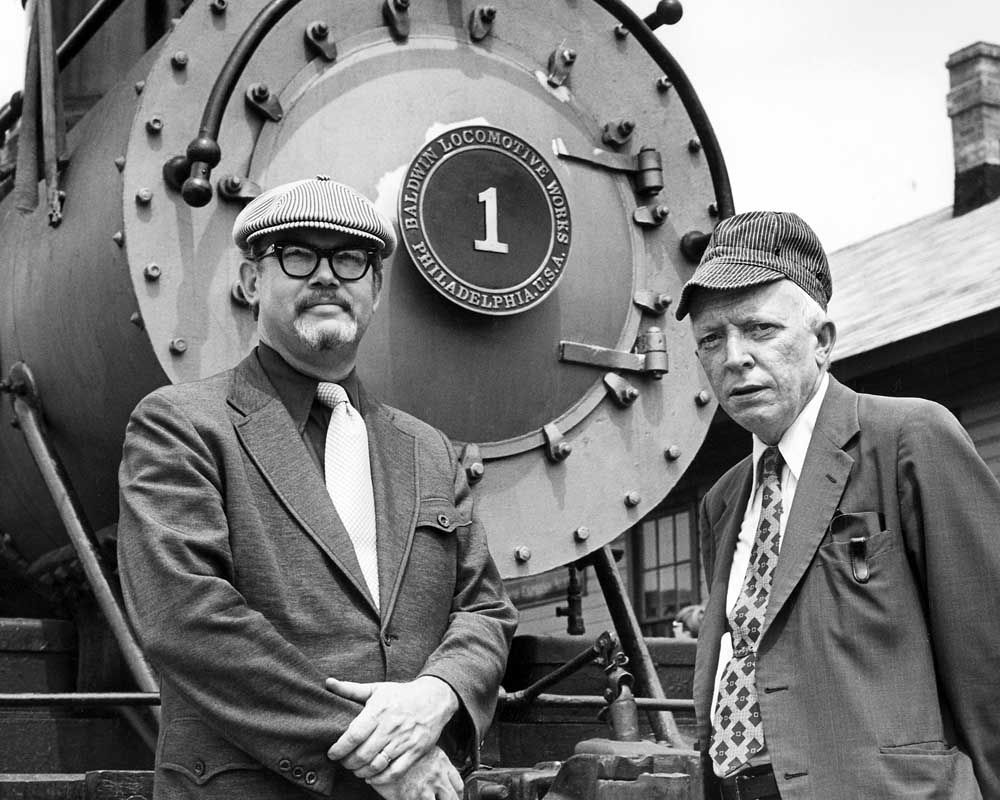
Any time the UPS truck drops a new railroad book on my porch, it’s a good day. But “good” is hardly adequate to describe the feeling I had a few days ago when a box from Indiana University Press showed up by the front door. Only superlatives will do when the subject is photographer […]
Read More…

Unlike modern machines, the steam locomotive — which underwent few fundamental changes in 125 years of development — openly displays many of its parts. This mechanical honesty has long captivated onlookers and invited study, but many still wonder just how steam locomotives work. In fact, entire books have been devoted to the subject. There are […]
Read More…

SD7 and SD9 locomotives The Electro-Motive Division’s original six-axle diesel-electric road switchers were the SD7 and SD9. Producing 1,500 and 1,750 hp, respectively, they set the stage for larger and more powerful six-axle locomotives that would come to dominate the industry. The first SDs sold in relatively small numbers. EMD produced 188 SD7s and 471 […]
Read More…

Critters in the enginehouse: There’s a pecking order that governs North American diesel locomotives. At the top of the order are the big high-horsepower locomotives produced by General Electric and Electro-Motive Division. These are followed by medium-horsepower units such as GE’s 2,300 hp Super 7 Series and Republic Locomotive‘s 2,000-hp RD20. Next are medium- and […]
Read More…












